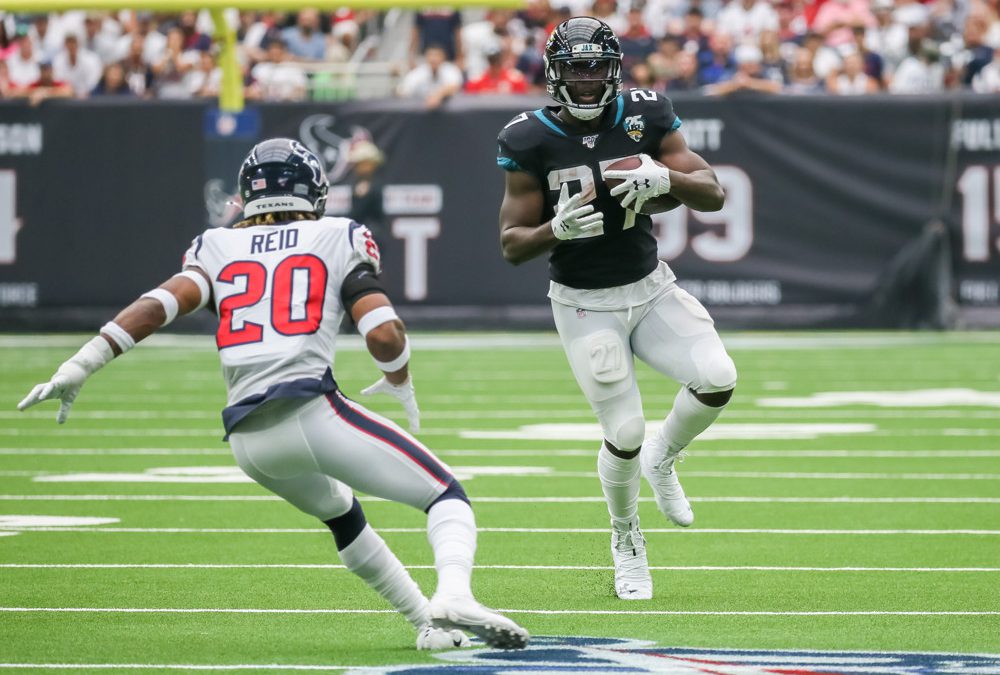I’m a big fan of the Zero RB strategy. Shawn Seigele’s original article on RotoViz outlining the strategy first convinced me it was viable. Perhaps, more importantly, it changed the way I think about fantasy football from a macro perspective.
Today, the term “Zero RB” has been injected into the mainstream fantasy football vernacular. Our own Pat Kerrane has had an excellent series, not only outlining the strategy overall, but pinpointing specific targets by round.
Sometimes, though, the Zero RB conversation lacks the appropriate context. The viability of the strategy can change drastically based on the number of roster spots, scoring system, and weekly management rules.
Editor’s Note: Underdog Fantasy recently launched with a $1 million Best Ball tournament and is ETR’s recommended fantasy platform for all Best Ball contests. If you haven’t tried Underdog yet, click here and use promo code ETR after depositing. There are no bonuses available on Underdog, but you’ll be entered into a random drawing for Underdog swag and ETR prizes. REMINDER: The Promo Code screen comes up after you deposit — use ETR.
One thing that became clear to me this past offseason is that I was overusing the Zero RB strategy in best ball leagues. In fact, when I looked at the 2017-2019 seasons as one big season and simulated drafts to find optimal roster allocations for Yahoo Best Ball and FFPC Best Ball, it became clear that Zero RB is not a good primary strategy for best ball leagues.
Here’s why:
- No Free Agency
- Each Week Counts the Same
- Elite WR Edge is Diminished
- The Hyper Fragile RB Strategy
There’s No Free Agency
Getting RB1 production out of a low cost RB is undoubtedly one of the most advantageous results in fantasy football. Actually achieving that result can be difficult in practice. In weekly managed leagues, it’s a lot easier, almost regardless of bench size.
In leagues with short benches, the waiver wire is going to be filled with usable Zero RB candidates throughout the course of the season. You can pick up back ups when the starters get hurt. You can churn through your RB bench stashes easily as early season player usage quickly changes which backs you are prioritizing.
In leagues with deep benches (think NFFC and FFPC high-stakes contests, which are 1-QB and 20-round drafts), the waiver wire is thinner. However, it still exists. More importantly, it allows you to stash a slew of different types of Zero RB candidates – weekly floor guys (pass catching backs), elite handcuffs (Tony Pollard, Alexander Mattison), etc. In those formats, it’s routine to end up with roughly 7-8 RB stashes on your team for most of the season.
You might be saying – okay, Underdog doesn’t have weekly free agency, but an 18-round draft makes for a pretty big bench, right? It’s deceptive, but because of the best ball scoring, it will be optimal to draft 2-3 TEs and 2-3 QBs on each team and likely want more WRs than RBs given the weekly scoring variance of that position and more starting roster spots. As a result, an Underdog bench that looks the same as an NFFC bench on the surface, likely limits you to 5-6 RBs. It’s tougher to get a mix of different RB archetypes, and you are locked into your Zero RB bets as early as the middle of July.
Each Week Counts The Same
One of the biggest potential advantages to a Zero RB roster build is having a monster team by the end of the season. You’ve drafted enough elite WRs and WR depth to have an advantage there from Day 1.
We've created the best Draft Kit on the internet.
Our fantasy football Draft Kit Pro was created to prepare you with the highest-quality resources to help you win your league.
Our team of analysts, led by Evan Silva and Adam Levitan, create unmatched content and rankings to make sure you’re ready for draft day. While our Draft Kit is built for competitive fantasy players, we’ve made it fun and easy to consume.
If you aren’t satisfied with our Draft Kit for any reason, just email us within 48 hours of purchase and we’ll provide a full refund.
Full Draft Kit Overview » Already a subscriber? Log In

